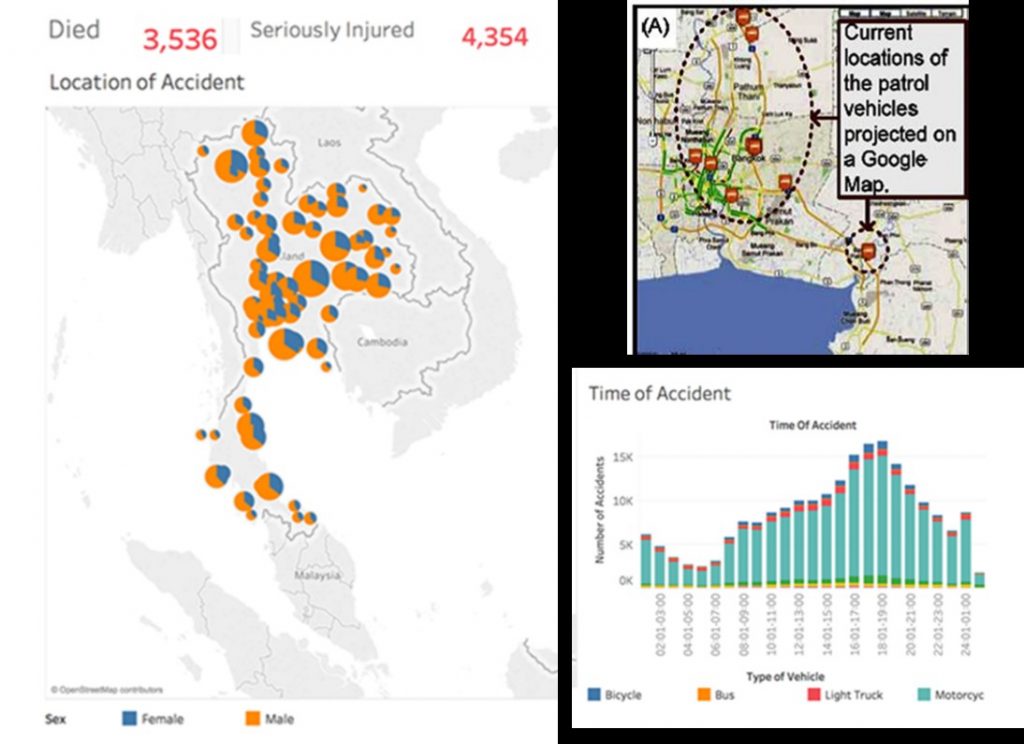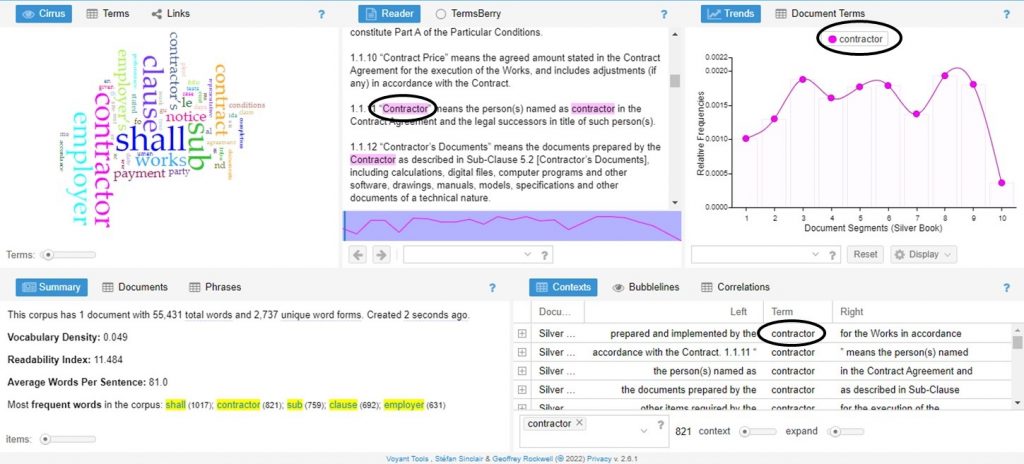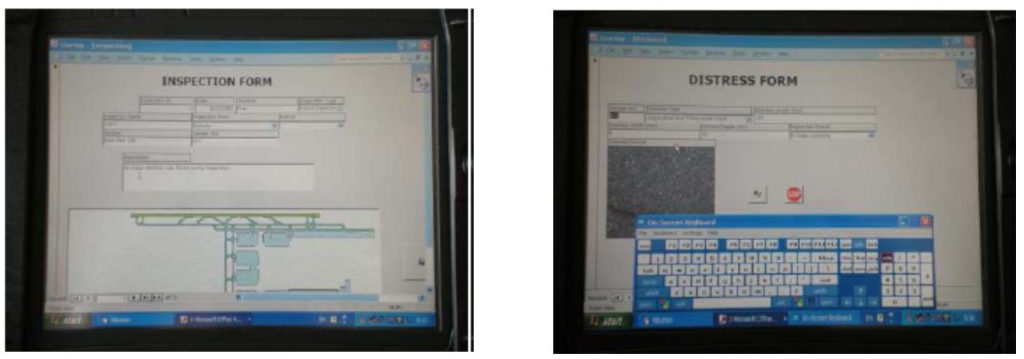AUTHOR: Warit Wipulanusat
TUTORS: ing. Giovanni Franchi
INTERNSHIP: Thammasat University
MASTER: Master in “Project and contract management in construction works” a.a 2022/23
Data analysis and digital technology continue to enhance the construction and management of infrastructure in Thailand. The following three sections are presented in this thesis:
- Section 1 Text Analysis of FIDIC 2017 Conditions of Contract for EPC/Turnkey Projects (Silver Book): Some Observations from Turnkey Projects in Thailand
- Section 2 Airport Pavement Management System: A Case Study of Suvarnabhumi Airport
- Section 3 Traffic Incident and Accident Management System: A Case Study of the Department of Highways
Section 1 focuses on analyzing the text of the General Conditions of FIDIC 2017 Silver Book to extract valuable insights from the contract. The study implements a descriptive textual analytic model for a turnkey project. Because construction contracts are produced as unstructured text documents, the contract’s requirements, obligations, risks, and scope are hidden and, therefore, difficult to access. Moreover, due to the complexity of the sentences, text analytics of an extended contract could be more effective for analyzing contracts. Voyant Tools (voyant-tools.org) was chosen as the tool for a test study on applying text analysis to this research collection because it is a user-friendly, well-documented, and free web-based environment.
The first case study demonstrates that applying text analysis to construction contracts reduces the time and effort required for contract reading. Thus, it is validated that text analysis for construction contracts aids in 1 – identifying each party’s obligations, 2 – efficiently exploring the construction contracts, and 3 – examining the correlations between various contract terms. This study contributes to the body of knowledge by creating an effective text-analytical model for unstructured data from construction contracts. The lesson learned is that the tool can extract useful information and patterns in the contract’s plain text. The Voyant Tools were used to extract insights from the clauses and provisions of the FIDIC 2017 Silver Book based on the output of the text analysis. Furthermore, applying text analysis to the contract interpretation aids in identifying important keywords that need to be closely interpreted.
Section 2 presents the digitization of the airfield pavement management system (APMS) of Suvarnabhumi Airport. APMS has been updated to integrate geographic information system (GIS), global positioning system (GPS) technologies, and mobile computers to expand the capabilities and usefulness of the system. Based on the second case study, the following results are achieved:
- Easy access to important historical information about airfield pavements (pavement structures, surveys conducted and results, maintenance applied);
- A more precise description of airfield pavement conditions
- Improved estimate of the actual condition of airfield pavements by the use of a range of pavement condition evaluations;
- Results presented in user-defined standard reports; and
- Reduce error and time for the inspection process.
Using the GPS receiver, the exact coordinates of the distress location can be located precisely. The GIS visualization of the data provides a better quality review. Integrating a digital camera and a TabletPC allows digital photos to be taken and stored digitally with other relevant distress data attribute information. Consequently, the system can perform all the subsequent distress data processing, analysis, and management after the data are uploaded to the desktop from the TabletPC. These are benefits of digitization of the airfield pavement data that overcome the limitations and inefficiencies of the paper-based process, which is the lesson learned for the second case study.
Section 3 documents the third case study of the Department of Highways employing Business Process Reengineering on its incident management system. The adopted reengineering process included five activities, namely:
- Prepare for reengineering.
- Map and analyze the as-is process.
- Design-to-be process.
- Implement the reengineering process.
- Improve continuously.
This section presents the development and application of an integrated data collection system that is intended for use by patrol officers. The handheld computer is targeted for information gathering at traffic incident scenes. This developed system enables responding officers to communicate incident commands more formally.
Moreover, it uses satellite-based navigation technology to obtain the most up-to-date locations of patrol units and automatically select an appropriate team to go to an incident site. This platform can be used to retrieve, process, and graphically analyze accidents by integrating all data. Furthermore, the visualization and data analytics of road accidents in both spatial and temporal dimensions provide insights for the Department of Highways to raise accident awareness among road users. The lesson learned is that digitization helps reduce incident documentation time, thus leading to greater accuracy, better quality-assured data, and better efficiencies. The lesson learned is that digitization and data analytics are vital to compensate for the significant time lost in accurately collecting and managing accident data as a primary means to help improve the road safety situation in intercity motorways.



